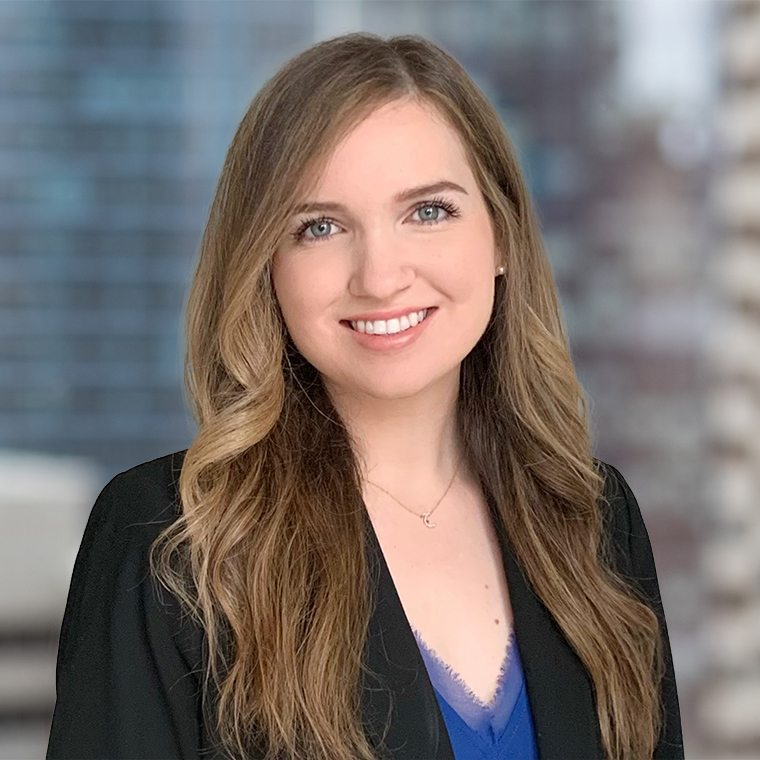On October 10, 2023, the SEC adopted long-awaited amendments to its beneficial ownership reporting rules under Regulation 13D-G. Most significantly, the amendments accelerate the filing deadlines for initial and amended beneficial ownership reports on Schedules 13D and 13G, while extending the applicable cut-off time for filing via EDGAR. The adopting release also contains guidance on the SEC’s views regarding certain complex and nuanced aspects of beneficial ownership reporting, including with respect to group formation and the application of existing rules to cash-settled derivative instruments.
This blog post is intended to provide a high-level overview of the most noteworthy aspects of the amendments and certain related guidance provided by the SEC in the adopting release. A forthcoming WilmerHale Client Alert will explore the amendments and guidance in greater detail.
Summary of Changes to Beneficial Ownership Reporting
Initial Schedule 13D Filing. Rule 13d-1(a) under the Exchange Act requires that any person who, after acquiring beneficial ownership of any equity security of a covered class, is the beneficial owner of more than five percent of the covered class, must file a Schedule 13D. The amended rules shorten the deadline to file this initial Schedule 13D from ten calendar days after the date of the acquisition to within five business days after crossing the threshold. Likewise, the amended rules shorten the deadline for filing a Schedule 13D to within five business days (rather than 10 calendar days) after an event that causes a person to become ineligible to report on Schedule 13G and requires such person to file a Schedule 13D pursuant to Rules 13d-1(e), (f) and (g).
Amendments to Schedule 13D. Pursuant to Rule 13d-2(a), an amendment to Schedule 13D must be filed if any material change occurs in the facts set forth in the Schedule 13D. The amended rules change the deadline to file this Schedule 13D/A from “promptly” after the date of the material change to within two business days after the material change. This timeline is generally consistent with how the industry has interpreted “promptly” but is now codified within the rule.
Item 6 of Schedule 13D. The amendments revise Rule 13d-101 to expressly state that contracts, arrangements, understandings, and relationships with respect to an issuer’s securities, including any class of an issuer’s securities used as a reference security, such as call options, put options, security-based swaps or any other derivative securities, must be disclosed under Item 6 of Schedule 13D in order to comply with Section 13(d)(1) and Rule 13d-1(a). The SEC also eliminated the “including but not limited to” language in Item 6 that currently precedes the itemization of the instruments or arrangements covered to remove any implication that additional interests may need to be disclosed.
Initial Schedule 13G Filing. Rule 13d-1(b)(1) under the Exchange Act permits certain investors to file a short-form statement on Schedule 13G in lieu of the longer, more detailed Schedule 13D. The amended rules revise the filing deadlines for these initial Schedule 13G filings.
- For “qualified institutional investors” and “exempt investors” filing under Rules 13d-1(b) and (d), the amended rules shorten the deadline to file this initial Schedule 13G from within 45 days after the calendar year-end in which such investor’s beneficial ownership of an equity security first exceeds five percent of a covered class to within 45 days after the calendar quarter-end in which such investor’s beneficial ownership of an equity security first exceeds five percent of a covered class (and only if such investor beneficially owned more than five percent of the covered class at the end of such calendar quarter).
- For “passive investors” (i.e., those that are not qualified institutional investors or exempt investors, but who are able to certify as to passivity with respect to the investment) filing under Rule 13d-1(c), the amended rules shorten the deadline to file the initial Schedule 13G from within ten days after the date on which such passive investor acquires beneficial ownership of an equity security that exceeds five percent of a covered class to within five business days of such date.
- For a qualified institutional investor whose ownership of equity securities exceeds ten percent of a covered class, the current rules require an initial Schedule 13G to be filed within ten calendar days after the end of the first month in which the investor’s beneficial ownership exceeds ten percent of a covered class, as of the last day of such month. The amended rules shorten this deadline to within five business days after the end of such month.
Amendments to Schedule 13G. Pursuant to Rule 13d-2(b), an amendment to Schedule 13G must be filed in the event there had been any changes at the end of the year to the facts set forth in the original Schedule 13G or most recent amendment. The amended rules (i) require the filing of an amendment if a “material change” has occurred since the prior filing and (ii) accelerate the amendment deadline from within 45 days after each calendar year-end to within 45 days after each calendar quarter-end. This change will result in many filers that currently file annual Schedule 13G amendments becoming subject to a quarterly filing obligation in the event there are any material changes to the filing information during the applicable quarter. Although “material” is not defined in Rule 13d-2, the SEC guidance indicates that it is intended to codify existing guidance and that it includes, among other changes, any acquisition or disposition of one percent or more of the applicable class of securities.
The amended rules also establish different filing deadlines for beneficial owners that have filed a Schedule 13G and whose beneficial ownership either exceeds ten percent of a covered class or increases or decreases by more than five percent of a covered class. For qualified institutional investors filing under Rule 13d-1(b), the amended rules shorten the deadline for filing such an amendment from within ten calendar days to within five business days after the end of the month in which such investor’s beneficial ownership (i) first exceeds ten percent of the covered class and (ii) thereafter, increases or decreases by more than five percent of the covered class, in each case computed as of the last day of the applicable month. For passive investors filing under Rule 13d-1(c), the amended rules change the deadline for filing such an amendment from “promptly” to within two business days after (i) acquiring greater than ten percent of a covered class and (ii) increasing or decreasing its beneficial ownership by more than five percent of the covered class.
EDGAR Filing Cut-Off Time. Amended Rule 13(a)(4) of Regulation S-T extends the deadline for submitting a Schedule 13D or 13G from 5:30 p.m. eastern time to 10 p.m. eastern time, which aligns with the timing requirements for ownership reports filed under Section 16(a).
SEC Guidance
In addition to the amendments described above, the SEC provided the following guidance in the adopting release:
Cash-Settled Derivatives. The SEC declined to adopt proposed paragraph (e) to Rule 13d-3, which would have deemed certain holders of cash-settled derivative securities to be beneficial owners of the reference covered class. Instead, the SEC reiterated that this is a facts and circumstances analysis where the holder of cash-settled derivative securities may be deemed a beneficial owner under the SEC’s existing framework for evaluating security-based swaps (i.e., if the securities confer voting or investment power, if the securities are acquired with the purpose or effect of divesting the holder of beneficial ownership of the reference covered class as part of a plan to evade reporting requirements, or if the securities grant a right to acquire an equity security).
Group Formation. The SEC also declined to adopt proposed amendments to Rule 13d-5, which would have removed the potential implication that Rule 13d-5(b)(1) sets forth the exclusive legal standard for group formation and added new paragraphs to specify certain circumstances where group formation would be deemed to occur and where the group would be deemed to become the beneficial owner of the beneficial ownership held by its members. Instead, the SEC affirmed that the standard for determining when a group is formed is found in Sections 13(d)(3) and 13(g)(3) of the Exchange Act. Under the Exchange Act, a group is formed when two or more persons act together for the purpose of acquiring, holding, or disposing of, securities of an issuer. Two or more persons “act together” when they take concerted actions in furtherance of any of these three purposes, regardless of any express agreement.
Timing
The above changes will become effective 90 days from publication in the Federal Register. At that time, beneficial owners will be required to comply with the revised Schedule 13D requirements and the revised cut-off time pursuant to Rule 13(a)(4) will become effective. The revised Schedule 13G requirements will take effect on September 30, 2024.
Schedules 13D and 13G will become subject to a new structured data requirement effective on December 18, 2024, although voluntary compliance may begin on December 18, 2023.





